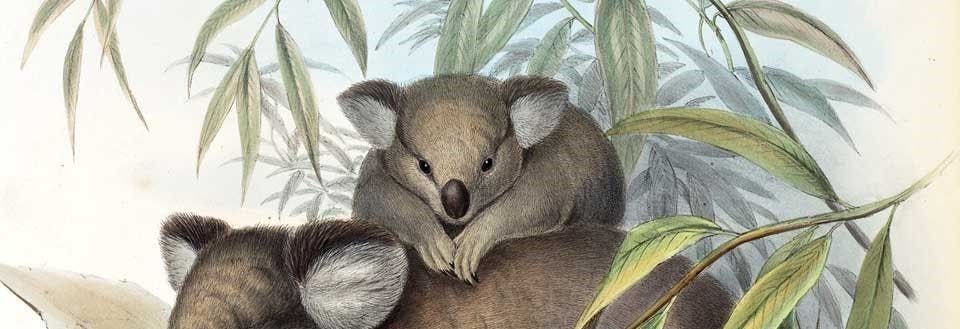Duperrey, Louis Isidore (1786-1865).
Voyage autour du monde execute par ordre du roi, sur la corvette de Sa Majeste La Coquille, pendant les années 1822, 1823, 1824 et 1825. Paris: A. Bertrand, 1825-1830 [i.e. 1838].
Louis Isidore Duperrey had sailed on the Uranie with Freycinet, and when he returned in 1820 and was promoted, he suggested a follow-up voyage, with himself in command. His proposal was approved, and in 1822 the Coquille set out, with Prosper Garnot as head surgeon and naturalist, and René Primevère Lesson as his assistant. The Coquille sailed in the opposite direction from the Uranie, rounding South America and proceeding west to Tahiti, and then on to the island groups of Melanesia, such as the Solomon Islands. Much time was spent in Papua New Guinea, where many of the animals and plants were new to Europeans.
One of the novelties of the voyages of both the Uranie and the Coquille was the attention paid to collecting invertebrate specimens. Once Lamarck had sorted out the invertebrates and made naturalists aware of their different organizing principles, it was much easier to identify and classify the myriad kinds that one naturally encounters on any ocean-going expedition. The Zoology Atlas volume of the narrative has entire sections that illustrate Zoophytes, Mollusks, and Crustaceans, as well as the customary Mammals, Birds, and Fish. The Dottyback fish was found on the reefs at Tahiti, and the Portuguese Man O’ War in the deep sea.

